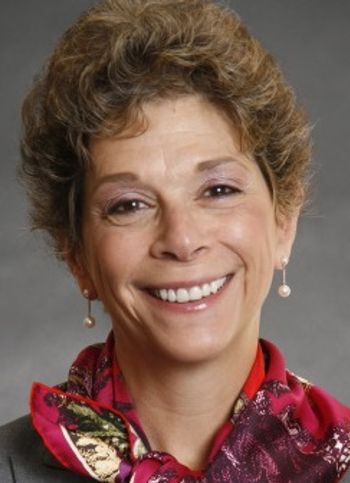
Tech-enabled support could help avoid health complications for seniors, improve the patient experience and reduce costs.

Tech-enabled support could help avoid health complications for seniors, improve the patient experience and reduce costs.
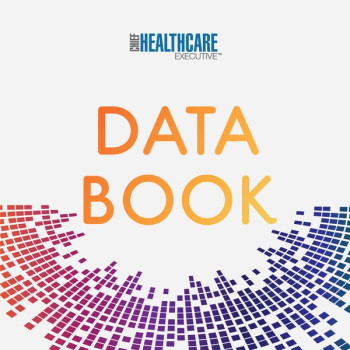
Tanvi Abbhi and Nora Zetsche, MD, cofounders of Veta Health, discuss the company’s remote patient monitoring (RPM) platform and how RPM can be used to personalize and improve healthcare for patients with chronic diseases.

By making the care process more efficient, technology can relieve administrative burdens, help clinicians participate more fully in integrated, patient-centered care and refill depleted practice coffers.

Here are six ways that AI has played a critical role in conquering the pandemic.

Kaveh Safavi, MD, JD, global health lead of Accenture Health, discusses how the pandemic influenced the speed at which healthcare organizations adopted new technologies and how this adoption is impacting patient care.

As healthcare leaders consider how to embed telehealth into their member or patient experience for the long haul, it’s critical to examine how virtual care can lead to better health outcomes.

Following a checklist improves data capture, enhances patient engagement, and increases access to care.
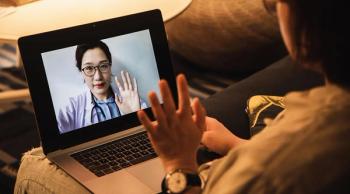
Survivorship care and symptom management were the best uses of the technology in cancer care, according to survey results presented during this weekend's meeting of the American Society of Clinical Oncology.

A conversation with Art Papier, MD, CEO and co-founder of VisualDX.

Justin Williams, CEO of Noteworth, discusses how predictive analytic tools can improve the quality of care for patients with chronic diseases, discharged hospital patients, and patients from rural communities.

Carol McCall, from ClosedLoop.ai., discusses what’s holding back healthcare administrators from taking advantage of what artificial intelligence (AI) platforms have to offer and what the future holds for AI and machine learning in healthcare.

Given the rise in healthcare data leaks from cloud services, healthcare leaders must ramp up their security efforts tenfold.

Waqaas Al-Siddiq, founder and CEO of Biotricity, discusses how the Biden-era American Rescue Plan is impacting telehealth and remote patient monitoring and how these technologies will fit into a post-COVID-19 society.

Before the pandemic, the healthcare sector was a prime target for cybercriminals. But the rise of remote work has only increased vulnerability

According to Pew Research, 96% of Americans own a cell phone and 81% have a smartphone, which are the devices they use to communicate and access information on a daily basis.

The company hit the restart button in 2012 when it saw an opportunity to address the affordability gap in healthcare, as costs began started to shift from the payer to the consumer.

The problem list is meant to present clinicians with a quick snapshot of the patient’s active diagnoses and key health issues. However, most problem lists do not live up to their potential.
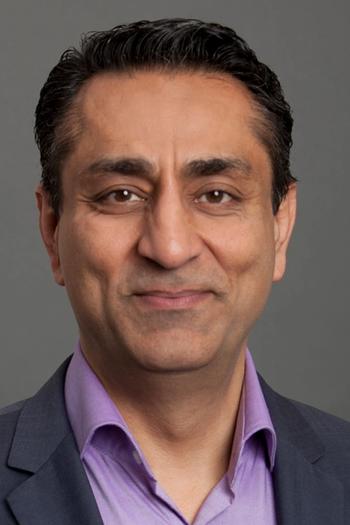
Healthcare procurement leaders and legal executives are discovering that today’s CLM solutions hold the keys to improved agility, resilience, and competitiveness—while ensuring regulatory compliance.

Diane Bryant, CEO of NovaSignal, details the advances seen in the NovaGuide 2 platform

Scott Giordano, JD, from Spirion, discusses how data collection on smartphones raises security issues for consumers’ health care data and whether COVID-19 vaccine passports will truly be capable of keeping our data safe.
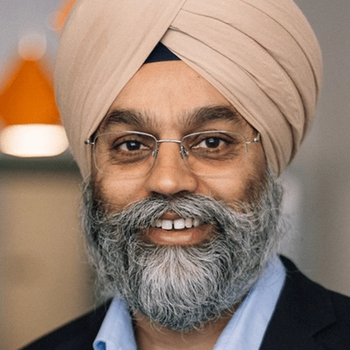
Twistle's CEO, Kulmeet Singh, says he's come up with a reliable way to measure return on investment for his company's remote monitoring software solutions.

Responses collected from longitudinal surveys show how patient-reported data can help improve hospital quality.
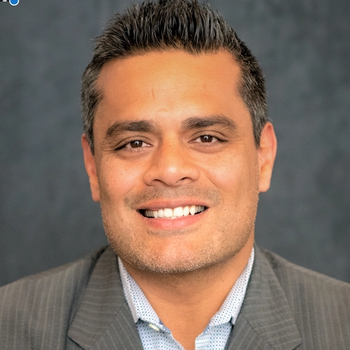
AstraZeneca and MGH announced their digital health partnership earlier this month, saying it would allow them to pair a patient app with a clinician dashboard to deploy remote patient monitoring and evidence-based patient care.

Research shows medical device companies provide higher payments than drug companies to physicians, but greater research is needed to understand the relationships and how they could impact consumer welfare.

Hospitals created “pop-up” emergency rooms to keep COVID-19 patients separate from the general hospital population, and this could create cybersecurity challenges.